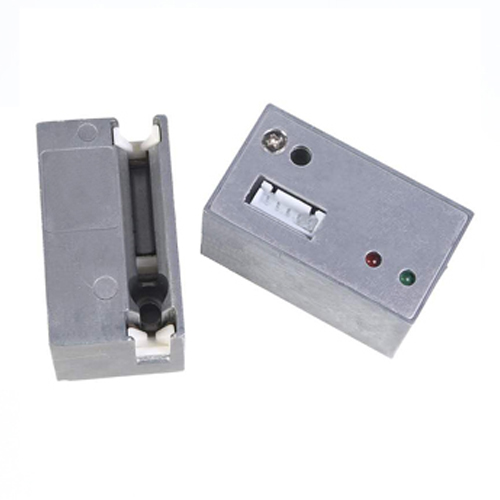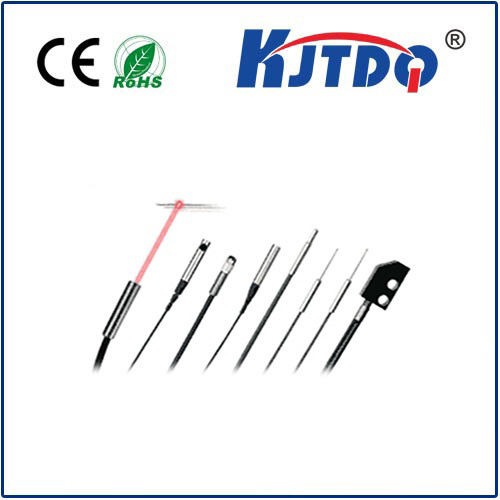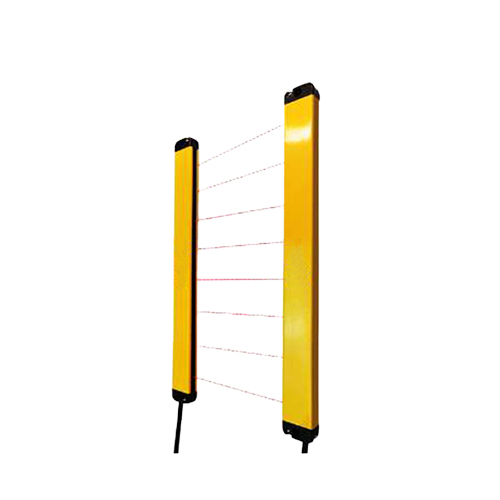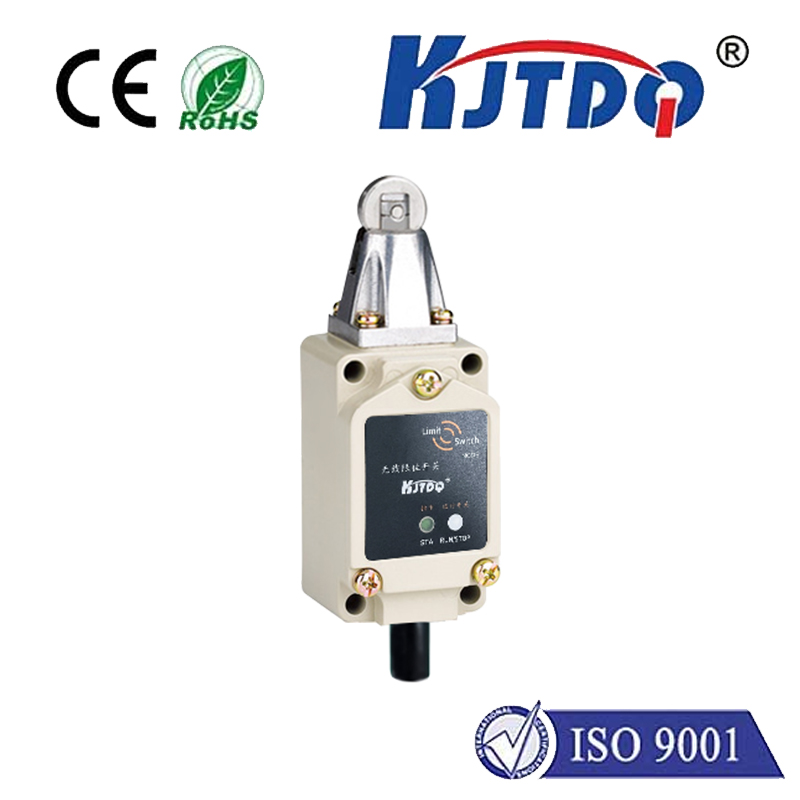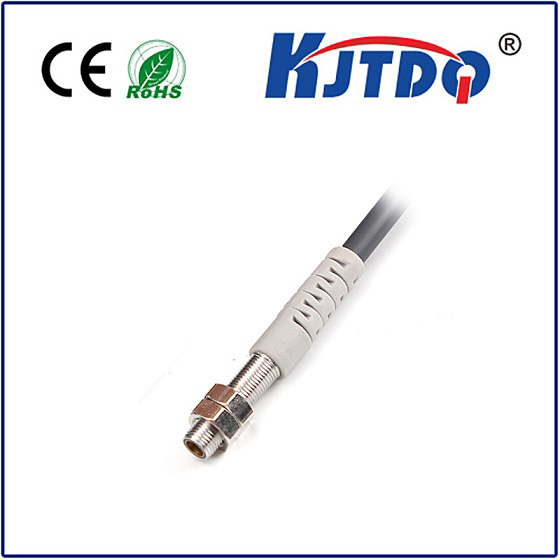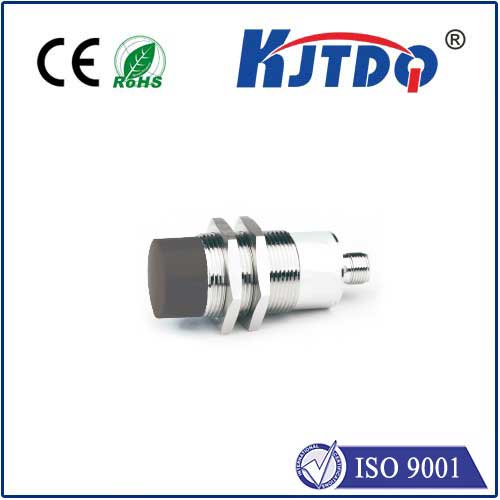

check

check

check

check
Have you ever struggled to detect tiny, reflective, or oddly shaped objects on a high-speed production line? Or faced constant sensor failures in environments choked with dust, oil, or cutting fluids? These are the everyday battles in modern manufacturing and automation, where precision and reliability aren’t just nice-to-haves—they are absolutely critical. Finding the right sensing solution often feels like searching for a needle in a haystack.
Enter the world of fiber optic photoelectric sensors, a category specifically engineered to conquer the toughest detection challenges where conventional sensors falter. Among these specialized tools, the Omron E3FA-BP12 2M stands out as a particularly robust and versatile forked (through-beam) type sensor. Equipped with a generous 2-meter fixed cable, this sensor brings unparalleled flexibility and resilience to countless demanding industrial applications.
The Vital Role of Photoelectric Sensors in Automation At the heart of countless automated processes lies the fundamental need to detect presence, absence, position, size, or color of objects. Photoelectric sensors accomplish this using light—typically infrared, visible red, or laser light. Through-beam sensors, like the E3FA-BP12, consist of two separate physical units: a transmitter and a receiver positioned opposite each other. The transmitter emits a continuous beam of light. When an object passes between them, it interrupts this beam. The receiver detects this interruption and sends a corresponding electrical signal to the control system (like a PLC).
This distinct physical separation grants through-beam sensors significant advantages:

Why the E3FA-BP12 2M is Engineered for Excellence The E3FA-BP12 isn’t just any through-beam fiber sensor; its design incorporates features that directly address common industrial pain points:
Robust Construction & IP67 Protection: Engineered to withstand harsh industrial realities. The sensing head boasts a durable resin body, resistant to impacts and common industrial chemicals. Crucially, it carries an IP67 rating, meaning it’s completely dust-tight and can withstand immersion in water up to 1 meter deep for 30 minutes. This makes it ideal for washdown environments in food & beverage, pharmaceutical, or machining applications involving coolants.
Convenient 2-Meter Fixed Cable: The integrated 2-meter cable connecting the sensing head to the amplifier provides substantial flexibility for installation. This length simplifies mounting in complex machinery layouts, reduces the need for additional wiring extensions, and minimizes potential connection points that could fail. It strikes an excellent balance between reach and practicality.
Long Range Performance & Stability: Despite its compact size, the E3FA-BP12 offers a substantial sensing distance of up to 25 mm between the fork arms. Combined with stable light modulation, it delivers unwavering accuracy even in challenging conditions.
Reliable Output: Provides a stable digital output signal, typically NPN or PNP transistor (depends on specific variant), easily interfacing with PLCs or machine controllers for immediate action when an object is detected.
Core Applications Where the E3FA-BP12 2M Excels This sensor’s unique combination of small size, resilience, and through-beam reliability makes it indispensable across diverse sectors:
Implementing for Optimal Performance: Maximizing the value of your E3FA-BP12 involves thoughtful installation:
From the relentless pace of pharmaceutical packaging to the gritty environment of automotive machining, the E3FA-BP12 2M Fiber Optic Photoelectric Sensor delivers unwavering precision and toughness. Its miniature size, fiber optic immunity, IP67 resilience, and convenient 2-meter cable make it more than just a sensor—it’s a reliable solution engineered to solve the complex detection challenges that can halt production lines and impact quality. When standard sensors fall short, the specialized capabilities of this compact powerhouse ensure your processes keep running smoothly, accurately, and efficiently.
